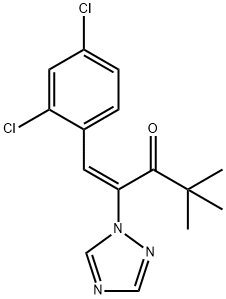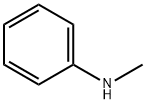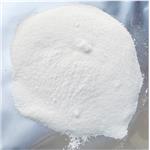Uses
Diniconazole is used to control leaf and ear diseases in cereals,
powdery mildew in vines, rust and black spot in roses, leaf spot in peanuts,
Sigatoka disease in bananas, and Uredinales in coffee. It is also used
on fruit, vegetables and ornamentals.
Definition
ChEBI: (1E)-1-(2,4-dichlorophenyl)-4,4-dimethyl-2-(1,2,4-triazol-1-yl)pent-1-en-3-ol is a member of the class of triazoles that is 4,4-dimethyl-2-(1,2,4-triazol-1-yl)pent-1-en-3-ol substituted at position 1 by a 2,4-dichlorophenyl group. It is a dichlorobenzene, an olefinic compound, a secondary alcohol and a member of triazoles.
Metabolic pathway
Diniconazole is a mixture of four isomers, which are derived from a
chiral carbon atom and a double bond in the molecule. Diniconazole M
[( E)-( S)-1-(2 ,4-dichlorophenyl)-4,4-dimethyl-2-1(H -1,2,4-triazol-l-yl)pent-
1-en-3-ol] is more potent than diniconazole. The major metabolic pathways
of diniconazole involve oxidative attack on the pentenol side chain
to give products which may form conjugates. In mammals, sulfurcontaining
metabolites may be formed.
Degradation
Diniconazole is stable to heat, light and moisture. It undergoes photolysis
and irradiation of a solution in methanol with light from a high-pressure
mercury lamp for 8 hours gave three major and seven minor products, 2-
11 (Scheme 1). The major photoproduct was identified as the 2-isomer (2).
The other major products (5 and 6) were formed by photooxidation of the
CHOH group to a carbonyl group.
When diniconazole was irradiated as a thin film under ultraviolet light
(254 nm), the major product was identified as the Z-isomer. On the surface
of a sandy loam soil, under the same irradiation conditions rapid degradation
occurred with the formation of 2, 5 and 6. A thin film of diniconazole
applied to a glass plate degraded very slowly in the dark. When the
plate was placed in the sunhght, 70% of the applied material disappeared
after 5 days exposure and isomerisation occurred to give the Z-isomer
(65%). The DT
50 in sunlight was 2.5 days. Under ultraviolet light (254 mn),
the Z-isomer was formed after 15 minutes irradiation, and after 5 hours
90% of the material had isomerised (Dureja and Walia, 1992).










